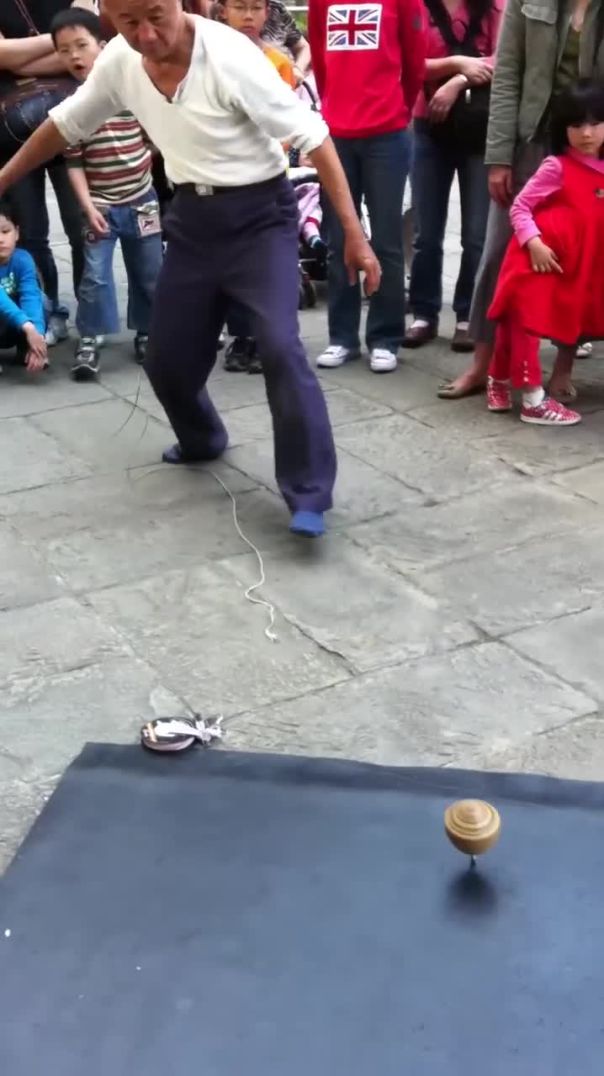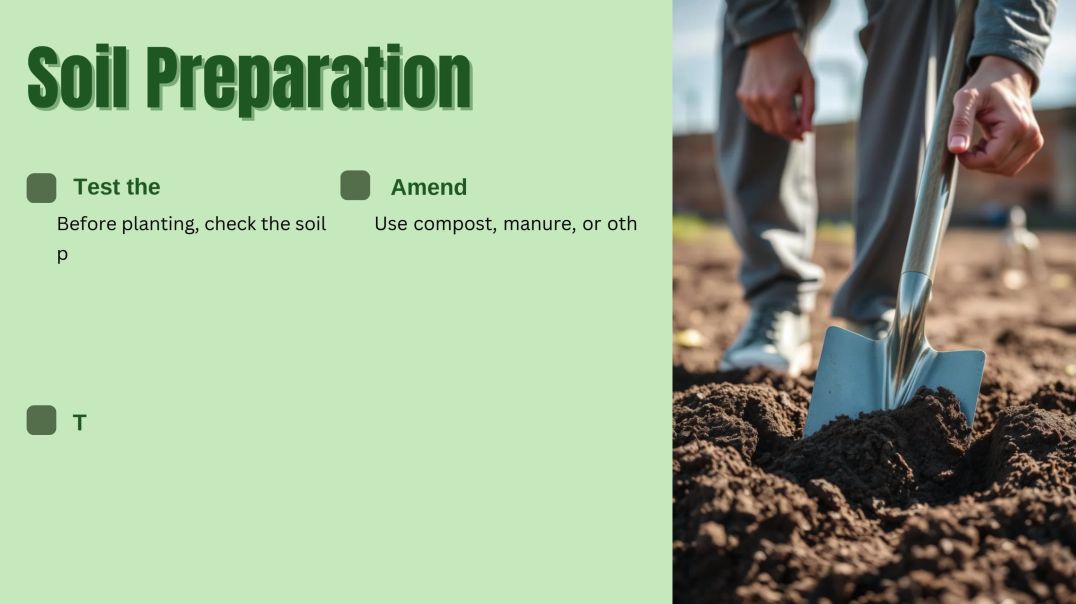207 Views· 21 May 2024
Making a Simple Hydrogen Generator from Washers
Harnessing the Power of Hydrogen
Hydrogen is emerging as a clean and renewable energy source with the potential to revolutionize various industries, including transportation and energy production. In this guide, we'll explore how to build a simple hydrogen generator using common materials like washers, enabling you to experiment with hydrogen production at home.
**Step 1: Gather Materials**
**Materials Needed:**
- Washers (steel or stainless steel)
- Plastic container with lid
- Electrical wire
- Baking soda (sodium bicarbonate)
- Distilled water
- Sealant (silicone or epoxy)
- Rubber gaskets (optional)
**Step 2: Construct the Electrolysis Chamber**
1. **Prepare the Container:** Drill two small holes in the lid of the plastic container to accommodate the electrical wires.
2. **Arrange the Washers:** Stack the washers vertically inside the container, leaving some space between each washer to allow for gas diffusion.
3. **Create Electrodes:** Strip the ends of the electrical wires and attach them to the top and bottom washers inside the container. Ensure good contact between the wires and washers.
4. **Seal the Container:** Use sealant to secure the wires in place and prevent leaks. Optionally, add rubber gaskets around the wire holes for extra insulation.
**Step 3: Prepare the Electrolyte Solution**
1. **Mix the Solution:** In a separate container, mix distilled water with baking soda to create an electrolyte solution. The ratio should be approximately 1 tablespoon of baking soda per liter of water.
2. **Fill the Electrolysis Chamber:** Pour the electrolyte solution into the plastic container until the washers are fully submerged. Avoid overfilling to prevent spillage.
**Step 4: Perform Electrolysis**
1. **Connect Power Source:** Connect the electrical wires from the electrolysis chamber to a low-voltage DC power source, such as a battery or power supply.
2. **Apply Power:** Turn on the power source to initiate electrolysis. Electricity will flow through the wires, causing water molecules to split into hydrogen and oxygen gas.
3. **Observe Gas Production:** As electrolysis proceeds, bubbles of hydrogen gas will form at the negatively charged electrode (cathode) and oxygen gas at the positively charged electrode (anode).
4. **Collect Gas:** Place a small inverted container filled with water over the cathode to collect the hydrogen gas as it bubbles up. Ensure proper ventilation to prevent the buildup of oxygen gas.
**Step 5: Safety Precautions**
- **Ventilation:** Perform electrolysis in a well-ventilated area to prevent the accumulation of hydrogen gas, which is highly flammable.
- **Avoid Sparks:** Keep sources of ignition, such as open flames or sparks, away from the electrolysis setup.
- **Monitor Temperature:** Check the temperature of the electrolysis chamber periodically to prevent overheating.
**Conclusion: Experiment and Explore**
By following these simple steps, you can build a basic hydrogen generator from washers and explore the fascinating process of electrolysis at home. Experiment with different configurations, electrolyte solutions, and power settings to optimize hydrogen production and gain a deeper understanding of this promising renewable energy technology. Remember to prioritize safety and enjoy the process of harnessing the power of hydrogen.



























0 Comments